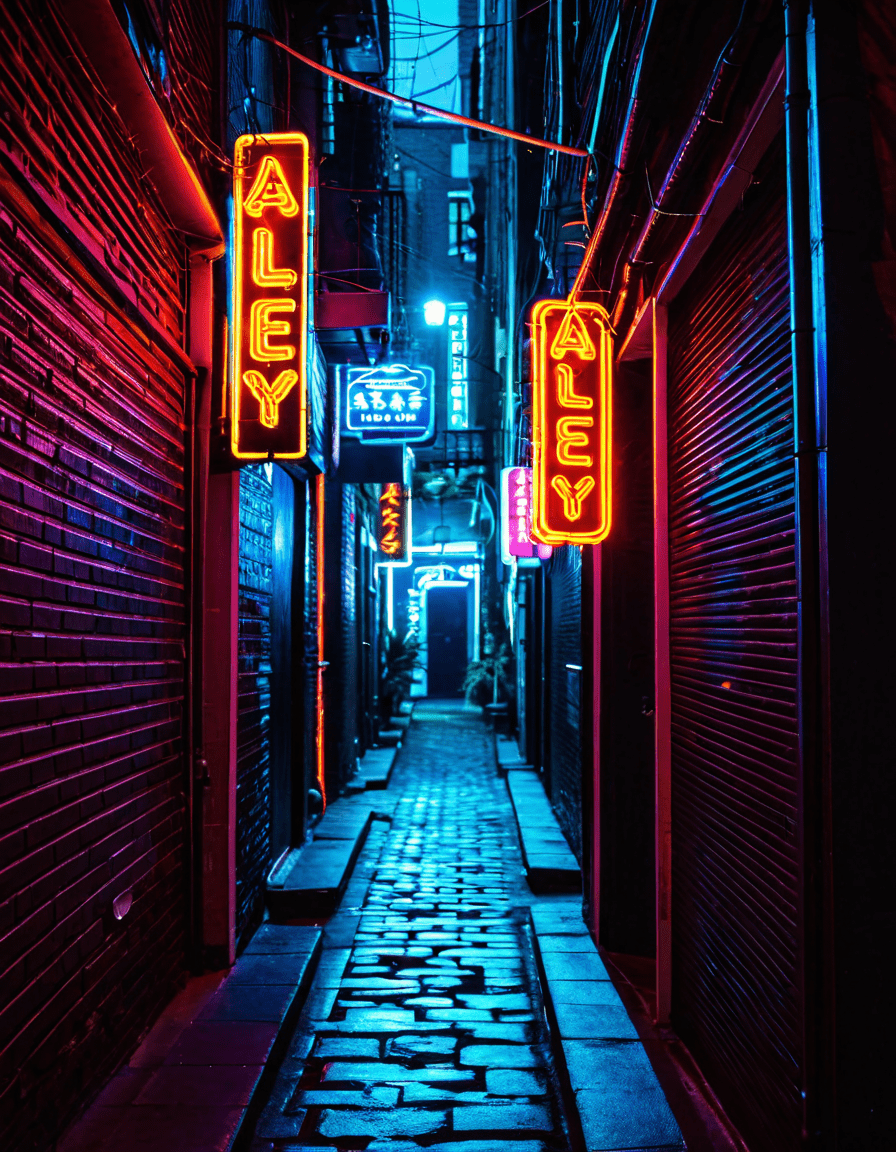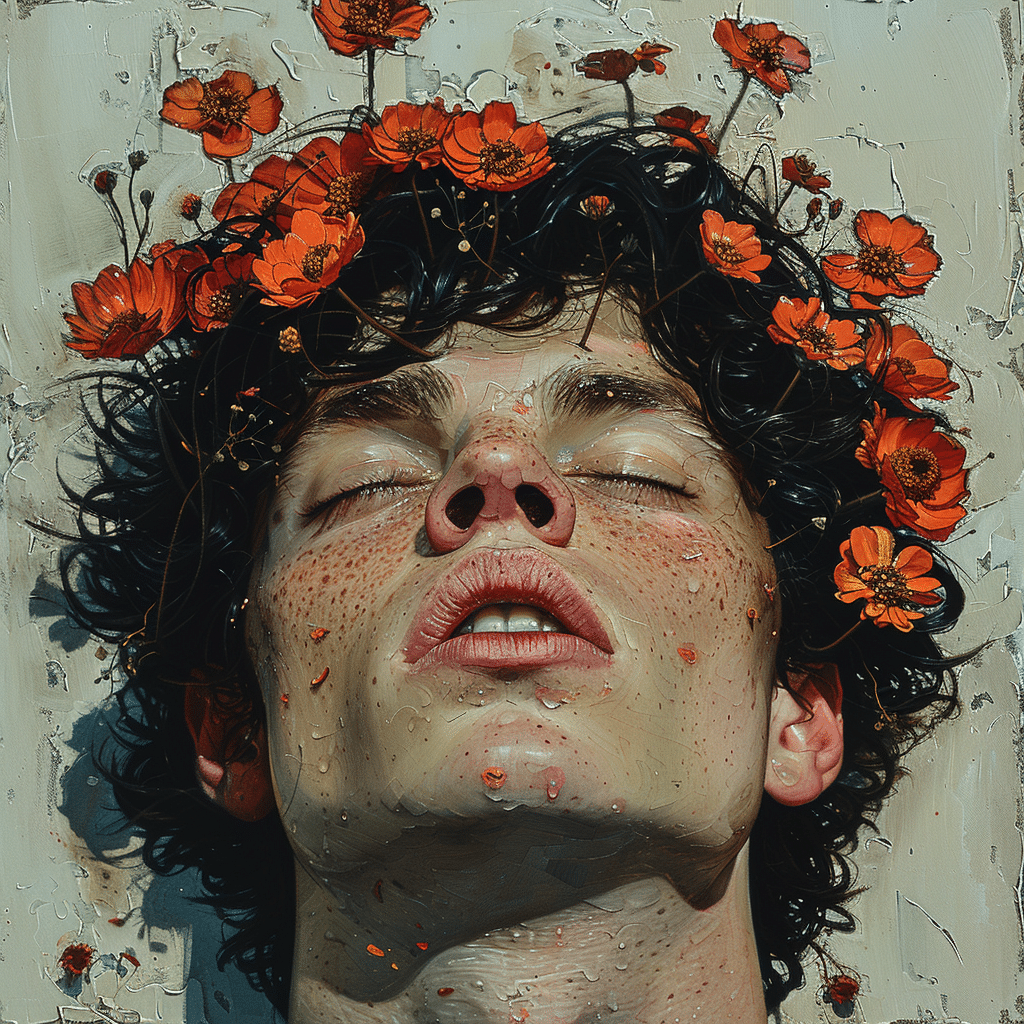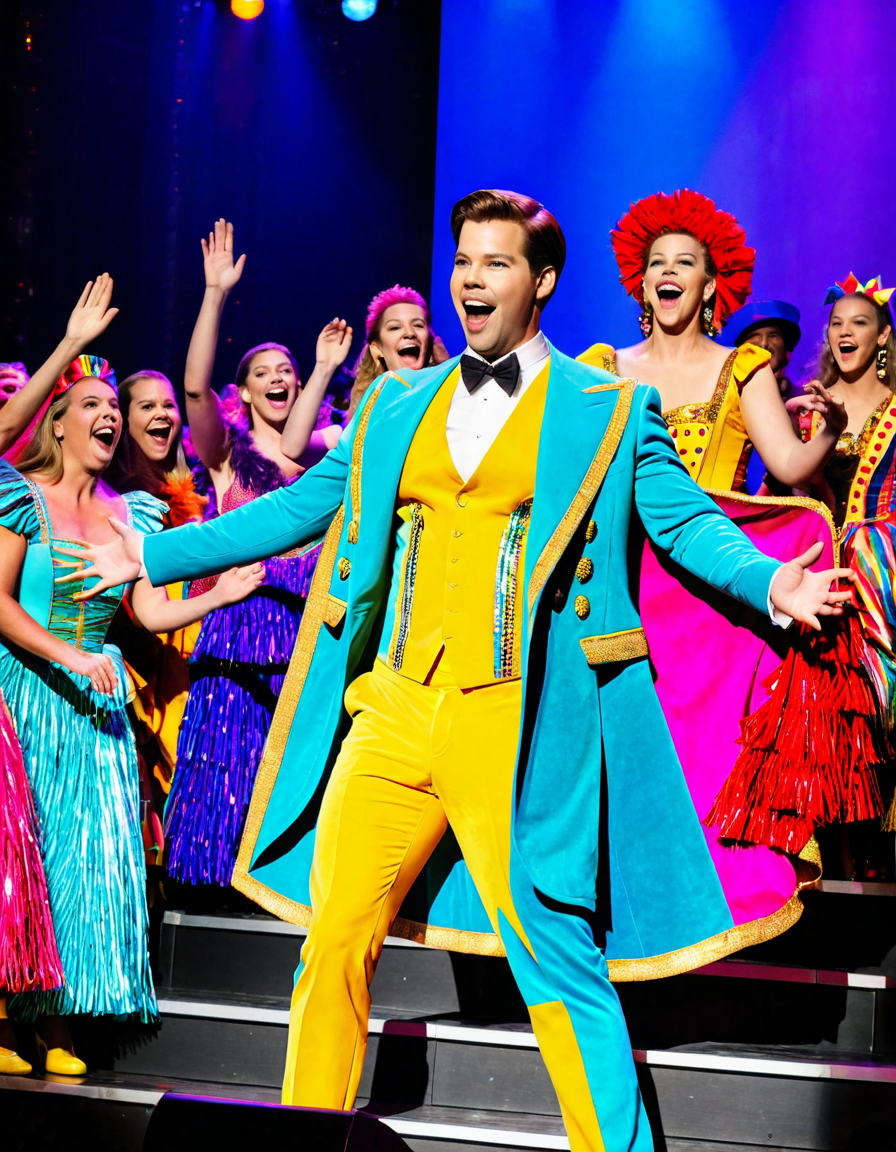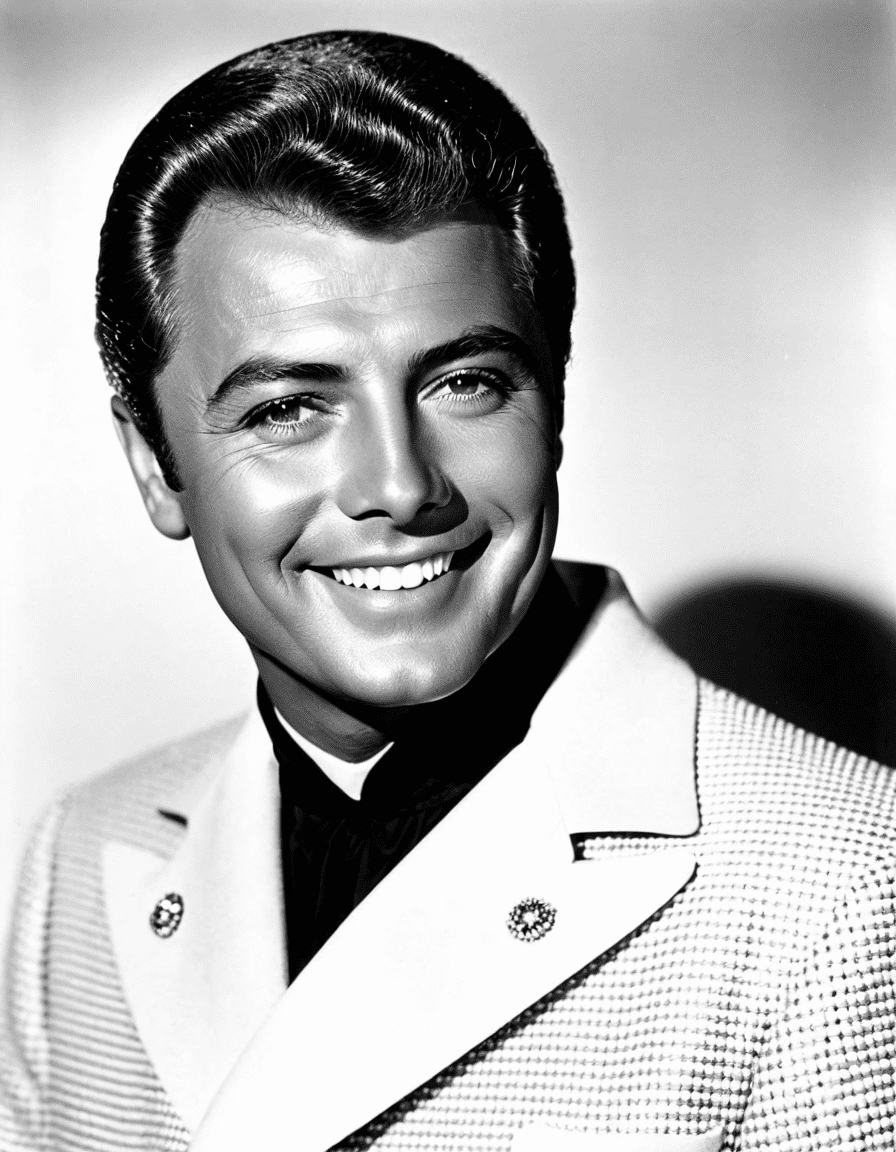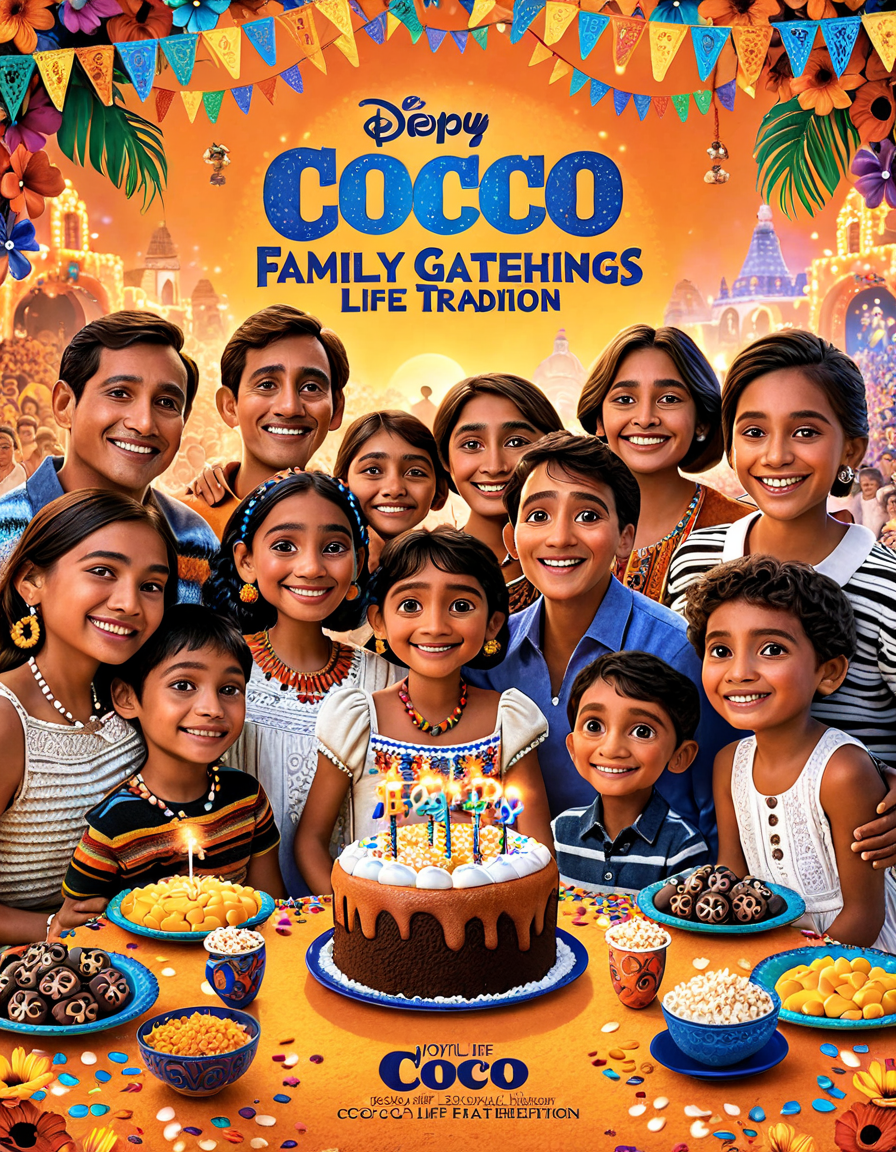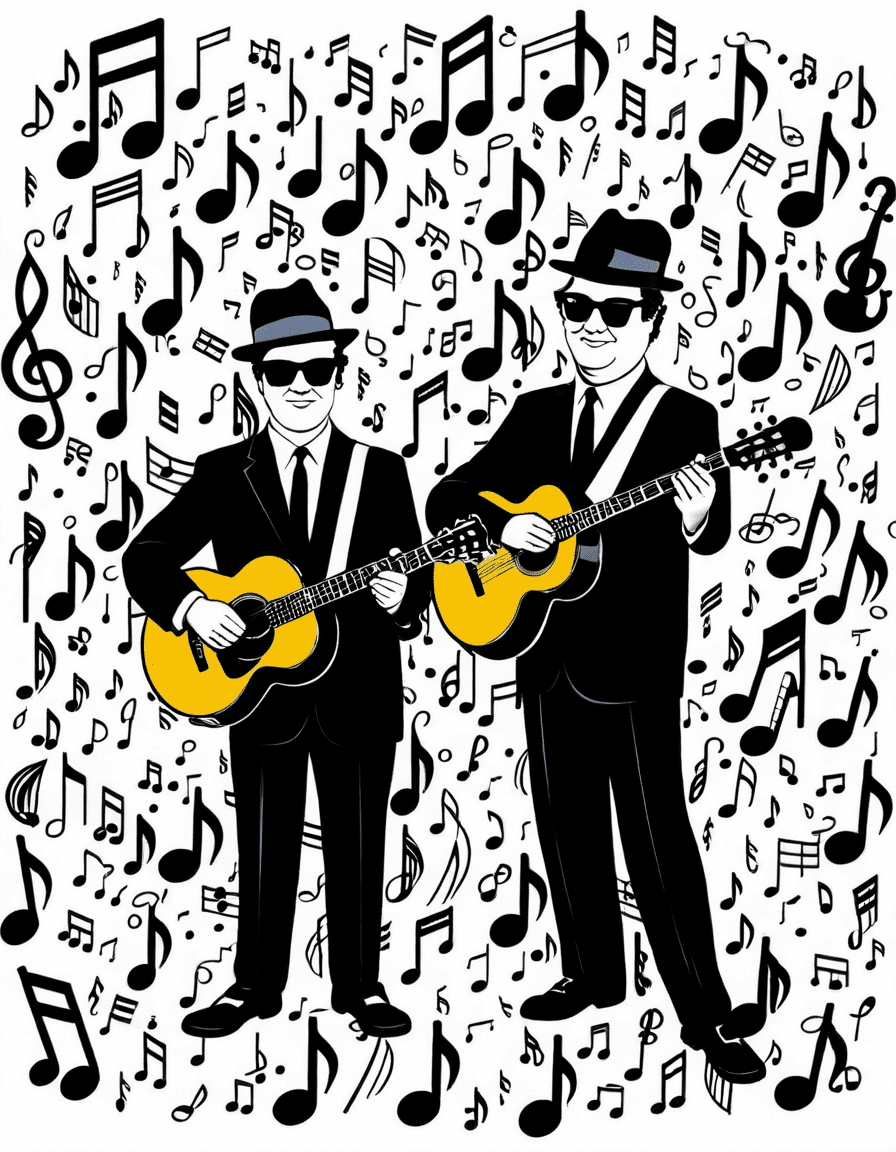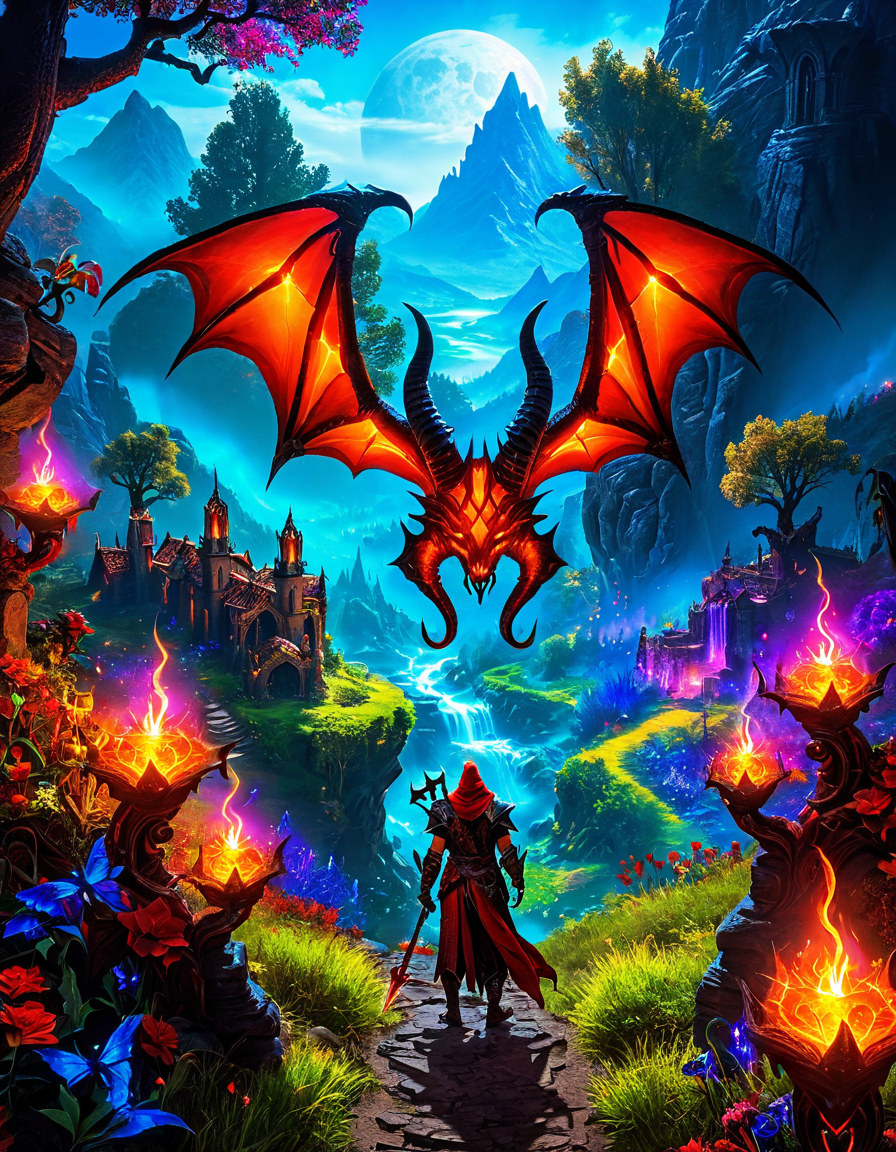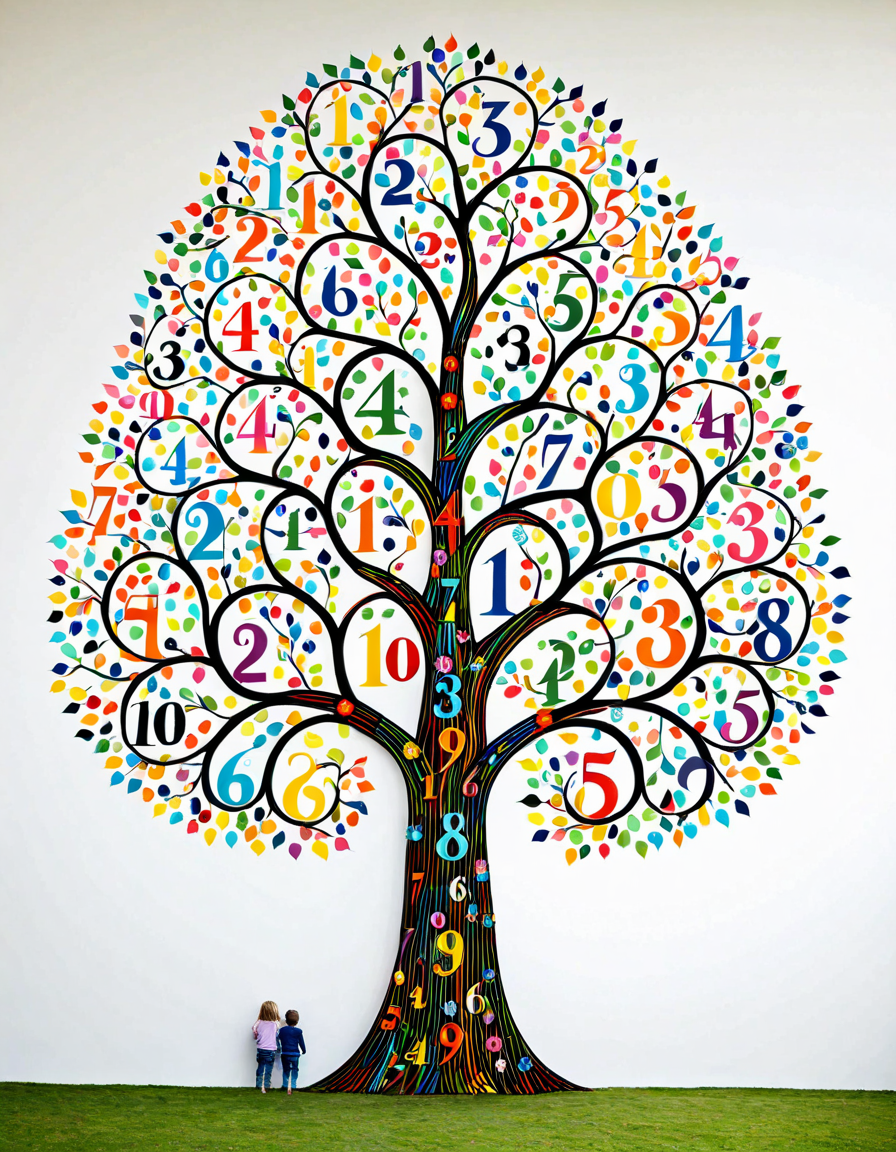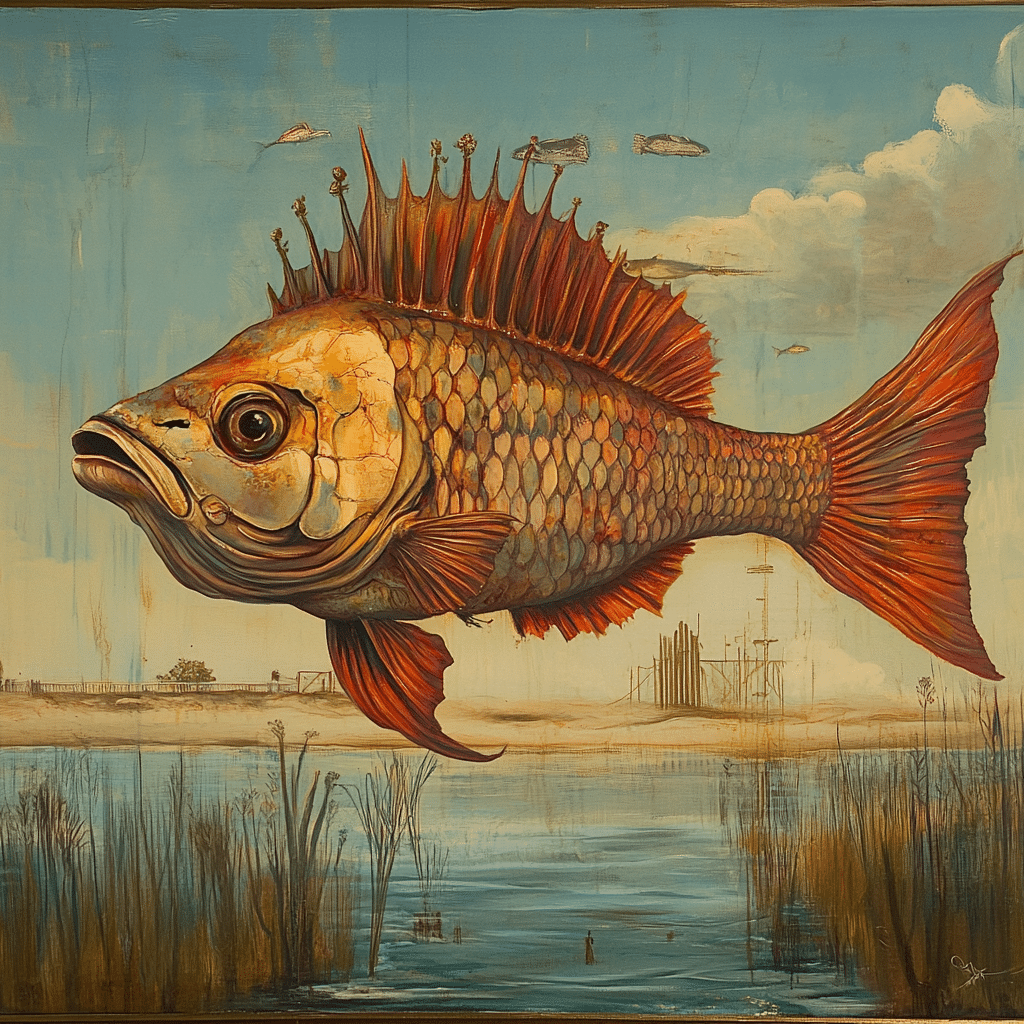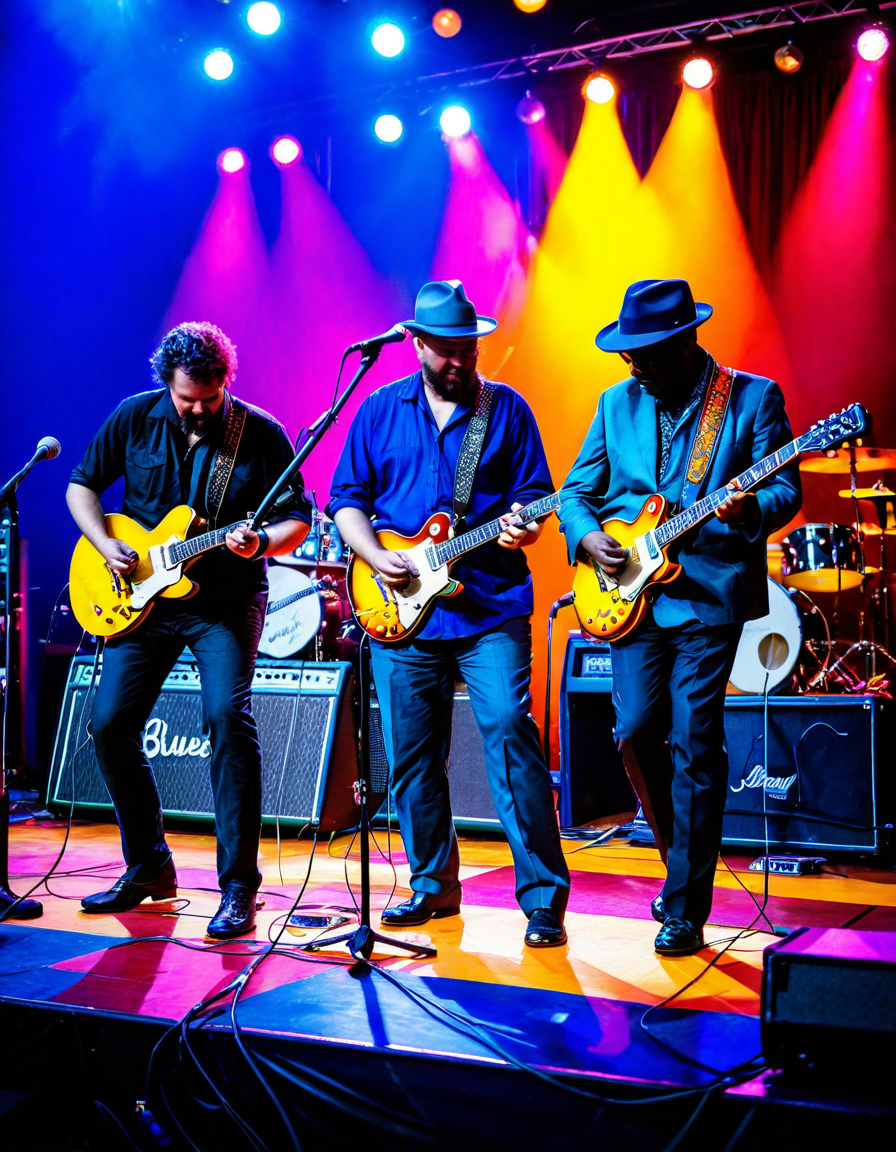
The Blues: A Cultural Canvas Shaped by History and Emotion
Ah, the blues! This genre isn’t just a style of music; it’s a vibrant tapestry woven from the threads of history, emotion, and cultural significance. Born out of the struggles and resiliency of African Americans, the blues took shape amidst the harsh realities of slavery and segregation. It provides a voice to the marginalized, diving deep into the realms of heartbreak, joy, and social commentary. Imagine a musical canvas painted with the colors of pain and triumph, a narrative that sprawls over decades, shaping not only the sound of jazz and rock and roll but also the pulse of American culture.
So, why does the blues matter? Well, it reflects personal emotions while also serving as a powerful reflection on societal issues. The lyrics resonate with listeners, engaging in conversations about justice and equality long before hashtags took over social media. Blues music is nearly a time capsule, encapsulating the experiences of many, and ensuring that those stories aren’t just heard but felt. It’s about connection. When you hear a deep, soulful riff or a mournful singer’s cry, you’re not just listening—you’re stepping into a shared cultural moment.
The blues also serve as a bridge between different musical styles. Take rock, jazz, or even hip-hop. These genres owe a lot to the blues, which laid down the foundation for innovative rhythms and lyrical expressions. The blues is like that legendary werewolf in folklore—primal, raw, and full of life’s complexities. It howls through the ages, inviting new artists to explore its depths and reinterpret its message, showcasing a resilient spirit fueled by both personal and societal struggles.
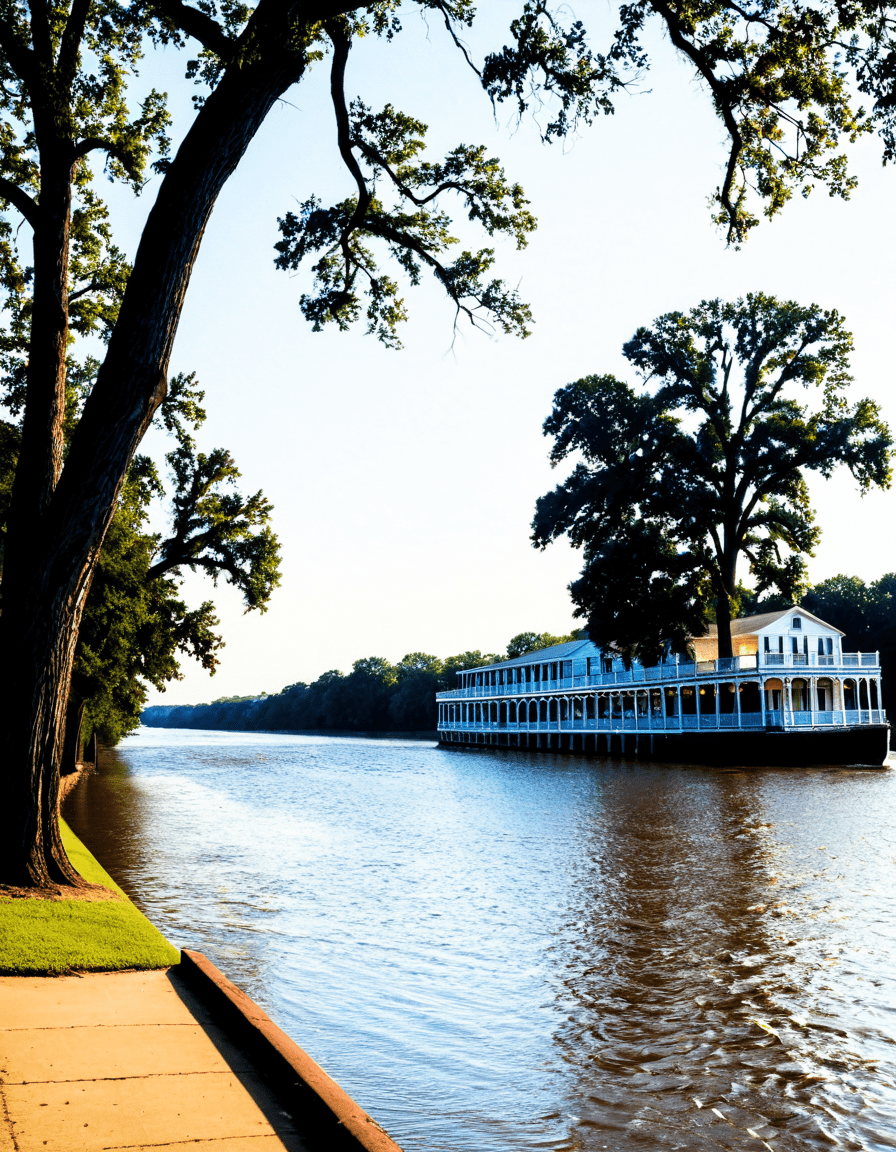
Top 7 Blues Artists Who Shaped Music and Culture
Let’s dive into a list of some game-changing artists whose influence went beyond just vocal riffs and guitar solos. These seven blues legends transformed music and cultural identity, leaving nuances that echo through time.
Johnson is like the folklore character who sold his soul to the devil at a crossroads. His mystique is palpable, and his tracks, like “Cross Road Blues,” showcase a guitar prowess that touches the heart. Imagine being so enigmatic that people still debate his life and his early demise—he’s practically a werewolf in his own right, howling through history with every strum.
With a guitar named “Lucille,” B.B. King took the blues global. His smooth riffs and heartfelt songs broadened the blues audience, connecting generations through collaboration. Kings like him are the guardians of the blues, bridging the gap with genres like jazz and rock, pushing the sound further.
Waters electrified the blues, driving it from rural south to urban Chicago, shaking the genre up like a scorpion’s sting! Songs like “Hoochie Coochie Man” mesmerized listeners and paved the way for rock’s British Invasion. He told stories that resonated deeply, adding those vibrant hues to the cultural canvas of the blues.
Known for his dynamic presence, Howlin’ Wolf’s growl was as formidable as his persona. Tracks like “Back Door Man” became anthems that inspired rock groups like The Rolling Stones. He’s the monstrous figure every artist aspired to sound like, and his attitude infused the blues with a fierce energy.
Etta’s powerful voice poured soul into the blues, creating unforgettable hits like “At Last.” She balanced the preservation of classic blues with her own unique twist, ensuring that the genre remained vibrant and relatable. Etta captivated audiences around the world, proving the blues is forever evolving.
Joplin’s uninhibited performances made her an icon. When she sang “Piece of My Heart,” you could feel the ferocity and heartache pour out through the speakers. She melded the rawness of the blues with the rock scene, urging future musicians to embrace their vulnerabilities.
In an age where genres blend faster than you can say “gum gum fruit,” Gary Clark Jr. channels the essence of the blues into something wholly contemporary. Tracks like “Bright Lights” showcase what’s possible when tradition meets innovation. He’s becoming a guardian of the genre, ensuring the blues continues to roar like a barbarian through modern music.
The Blues’ Role in Shaping Cultural Movements
Beyond its musical prowess, the blues has a profound role in shaping cultural movements throughout history. Let’s face it: this genre became the soundtrack of resilience and rebellion. It stirred emotions and mobilized listeners during profound social upheavals. Artists like Nina Simone and Billie Holiday weren’t just singing—they were standing up for justice and equality, turning their platforms into megaphones for the voiceless.
The blues became the heartbeat of the Civil Rights Movement, providing songs that articulated the struggles of the African American community. It allowed people to channel their frustrations and hopes, creating a communal bond that transcended race and class. The emotional authenticity found in blues lyrics links individual experiences to a broader landscape of societal challenges, making it relatable to anyone on a journey of self-discovery.
Lost and Found: Blues in Mud, Monsters, and Mythology
If you dig a little deeper, you’ll find that the overlap between the blues and mythology creates fascinating parallels. The stories often echo themes found in folklore—think of werewolves embodying human struggles. Just like a werewolf wrestles with its duality, the blues embodies humanity’s internal conflicts and resilience in the face of adversity.
Take the likes of The Black Keys—their blend of blues and rock often utilizes metaphors reminiscent of mythical monsters. They explore themes of loss, rebellion, and raw emotion, reflecting the trials often depicted in blues narratives. These artists breathe contemporary life into age-old stories, merging the essence of blues with storytelling that resonates today, much like the swirling traditions found in havana or even the historical reflections on hiroshima.
The Guardians of the Blues Today
The modern music scene is alive with guardians of the blues, each adding their unique twist to a rich legacy. Artists like Kendrick Lamar weave blues elements into hip-hop, showcasing the genre’s expansive influence. The essence of the blues survives, whether in the gritty realism of rap or the electrifying energy of modern rock artists, ensuring its heritage continues to flourish.
These musicians bridge the gap between past and present, showcasing how the blues can evolve while respecting its roots. Each artist brings their background—be it urban life that feels like navigating through a “crocodile’s dens” or a tradition deeply embedded in southern soil. They mold the blues into relevant expressions that speak to today’s audiences, keeping the genre alive and thriving.
Innovative Rhythms: The Blues as an Ever-Evolving Narrative
The blues stand as a testament to the resilience of the human spirit. This genre adapts and transforms, welcoming new interpretations from the evolving society. It’s like a fascinating mural being painted on the walls of history, with each artist contributing to its ongoing creation.
As we look to the future, the blues continue to inspire young artists and listeners alike. In the pulsating heart of today’s society, the melodies echo the lingering sentiments of hardship and joy. The legacy of the blues will undoubtedly continue to shape the cultural fabric, leaving its mark for generations to come. After all, as long as we experience the spectrum of human emotion, the blues will remain a powerful voice echoing down through the ages. So, grab your favorite blues track, kick back, and let the music tell its story—one beat at a time!
Blues: The Heartbeat of Music History and Culture
The Origins of the Blues
The blues genre has roots that stretch deep into African American history, emerging in the late 19th century as a profound expression of pain, love, and resilience. It harmonizes a blend of African musical traditions, work songs, and spirituals. Imagine a hardscrabble life where men and women turned their grief into song, laying the groundwork for countless music styles. You might be surprised to learn that the blues was born in the Mississippi Delta, and many claim that this region is as vital to American music as the famous Oslo is to its enchanting fjords.
With the rise of radio in the 1920s, blues found its way beyond Southern juke joints to a national audience. Artists like B.B. King and Muddy Waters would soon fill airwaves, shaping the landscape of music forever. Talk about a game-changer! One fascinating tidbit: the term “blues” itself likely came from the phrase “blue devils,” referring to the mental state of melancholy. And just like that, this genre was born out of sorrow yet gifted us with stunning musical innovation.
Influences and Innovations
Every time you think of the blues, picture an expansive family tree branching off into rock, jazz, and R&B. It’s a vibrant lineage that speaks to how versatile and influential this genre truly is. The blues’ improvisational style has steered musicians to experiment and innovate, leading to the birth of rock ‘n’ roll! Just like the qualities of a Pitbull bull terrier mix—playful yet tough—the blues blends different emotions into one distinctive sound.
Did you know that the iconic guitar riff in “Smoke on the Water” by Deep Purple? That memorable hook was inspired by blues traditions, showcasing how one genre can feed into another. This connection emphasizes the culture that celebrates the creativity and freedom of expression, revealing how artists, like Isabella Guzman, utilize various influences in their work to reach different audiences. Plus, the impact of blues goes beyond music; it permeates literature and film, creating an entire spectrum of artistic expression.
The Global Blues Phenomenon
In today’s world, blues is more than an American staple; it’s a global phenomenon. Musicians from Osaka to Paris infuse their cultural backgrounds into the blues, creating a beautiful tapestry of sounds and styles. As surprising as it might seem, the soulful vibrations resonate just as powerfully in an art studio as they do in smoky bars. Imagine walking into a space alive with the dynamic spirit of blues music—what a thrill!
Lastly, the blues even inspire newer concepts like the artificial womb, a curious intersection of science and humanity. Just as the blues gave birth to countless music genres, who knows what other innovations might emerge? In every note, chord, or lyric, the blues underscores the resilience of the human spirit, embodying a universal longing for connection and understanding—like the way gum gum fruit symbolizes adventure and whimsy in literature. So, next time you listen to a blues tune, remember, you’re tapping into a rich history that continues to shape culture today.




